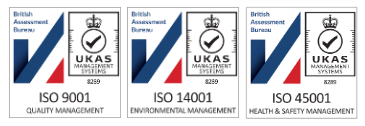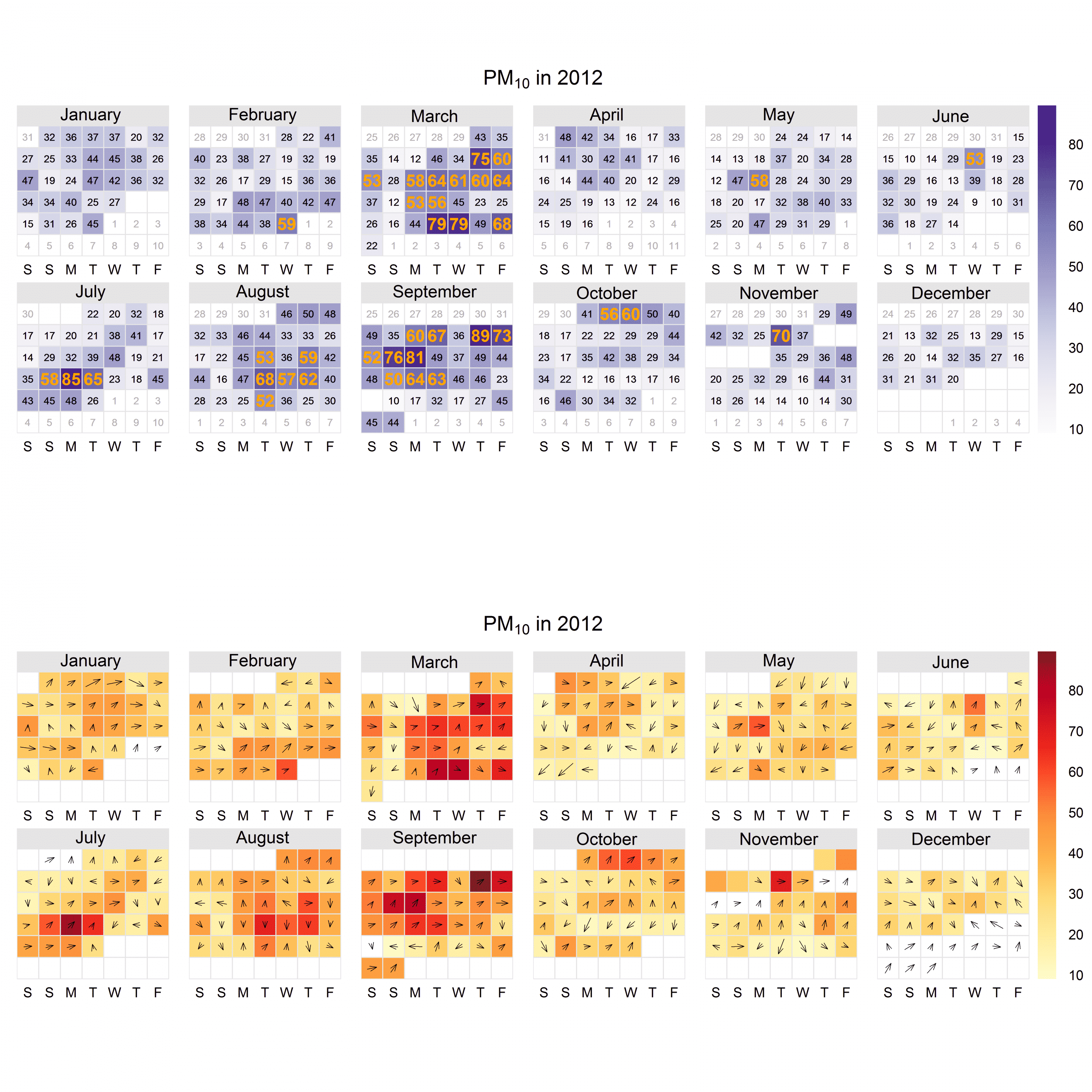
Dust Assessment & Environmental Impact Survey Services
We provide comprehensive dust assessment services and reports for construction, industrial, mineral, and waste management sites. Our nuisance dust assessment and dust impact evaluations can be delivered as standalone services or as part of a broader environmental impact assessment (EIA).
With an extensive network of continuous dust and PM10 monitors across London and beyond, we specialise in construction dust monitoring to help clients manage and mitigate air quality concerns. Our cost-effective monitoring solutions ensure high-quality data and compliance with regulatory standards.
Our key dust consultancy services include:
Dust, PM10 and PM2.5 Monitoring Solutions:
- Dust Assessment, PM10, and 5 Monitoring Solutions.
- Dust Assessment and particulate monitoring for construction sites.
- Passive Dust Assessment and monitoring for mineral sites.
- Automatic Dust Assessment and monitoring for construction sites (e.g., PM10 monitoring using MCERTS-certified systems).
- Continuous Dust Assessment, PM10, and 5 monitoring as part of an Environmental Management Plan (EMP) or Dust Management Plan (DMP).
Our Services are ISO certified and accredited by the United Kingdom Accreditation Service (UKAS):

Assessment to support Planning and Environmental Permitting Applications
- Dust Impact Assessment to support mineral planning applications
- Dust Impact Assessment for construction dust impact
- Nuisance Dust Investigation Report
Mineral Dust Assessment
As an experienced environmental planning consultant, we provide cost-effective depositional and directional passive dust monitoring gauges to measure dust deposition (dust falling from the sky) and dust flux (the horizontal component of wind-blown dust).
Our dust assessment method ensures precise data collection for effective air quality management. We recognise that mineral extraction and heavy-duty vehicles used on and off-site can significantly impact air quality.
These effects can vary daily based on site activity levels and weather conditions. Our findings are compiled into a dust assessment report, forming part of a comprehensive environmental impact assessment to support accurate monitoring and mitigation strategies.
Our Approach
Dust can be generated by a wide variety of activities, including demolition/construction, minerals extraction and waste management. Construction and mineral sites can give rise to dust generation which can lead to annoyance due to the soiling of surfaces by dust. Emissions of dust to air can occur during demolition, earthwork and construction. A construction dust assessment is usually required during the planning stage to identify the risk of dust nuisance and develop site-specific mitigation measures as part of a Dust Management Plan (DMP).
Dust emissions can also have an effect on vegetation and will need to be considered when dust-generating activities take place close to sensitive habitats. The fine fraction of dust (PM10 and PM2.5) can also travel deep into the lungs and have a detrimental effect on the health of people exposed to it.
We use a range of dust monitor and a typical MCERT certified dust monitor by Aeroqual is shown on the right.

